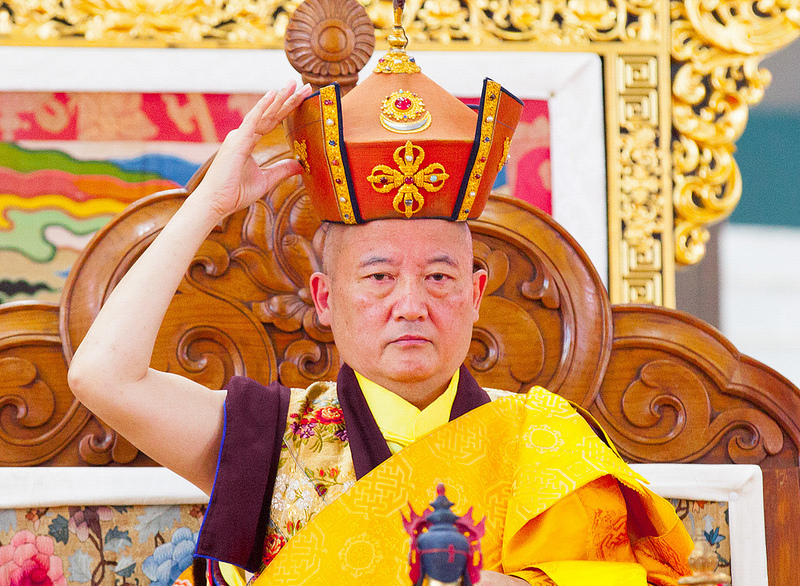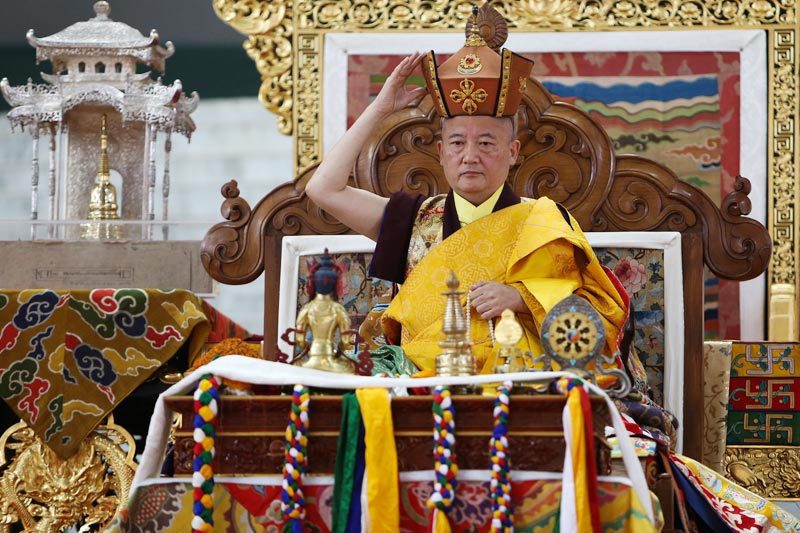The Red Crown Ceremony by Gyaltsab Rinpoche
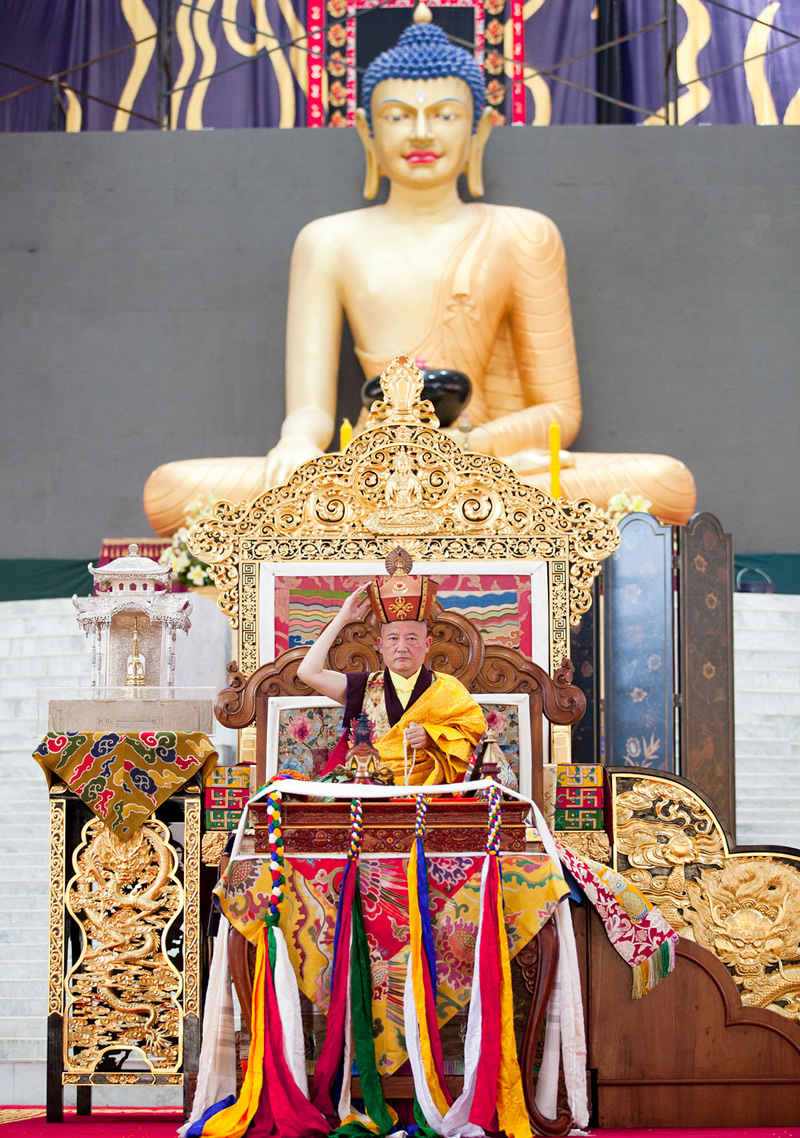
Under instructions from the 17th Karmapa, the 12th Goshir Gyaltsab Rinpoche had agreed to perform the Vajra Crown ceremony this year during the Kagyu Monlam’s extended program.
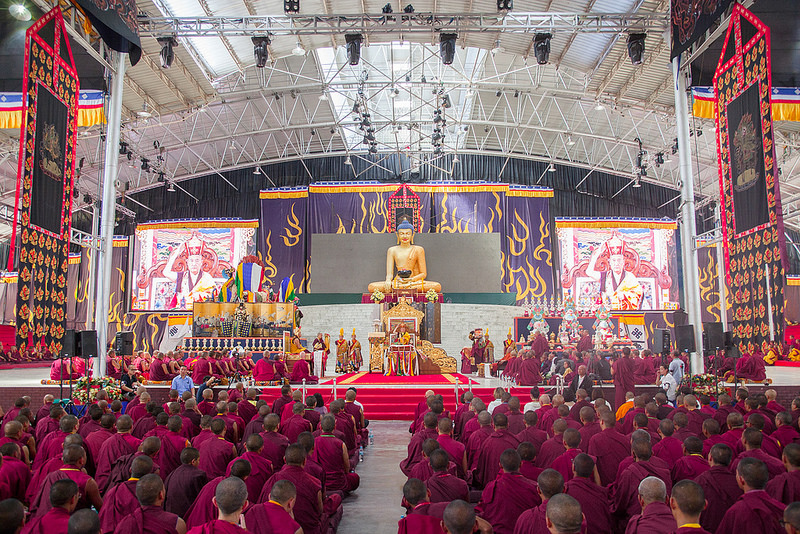
This would be of special historical importance since it was the first time that a Vajra Crown ceremony had ever been performed in Bodhgaya, the site of Buddha Shakyamuni’s enlightenment.
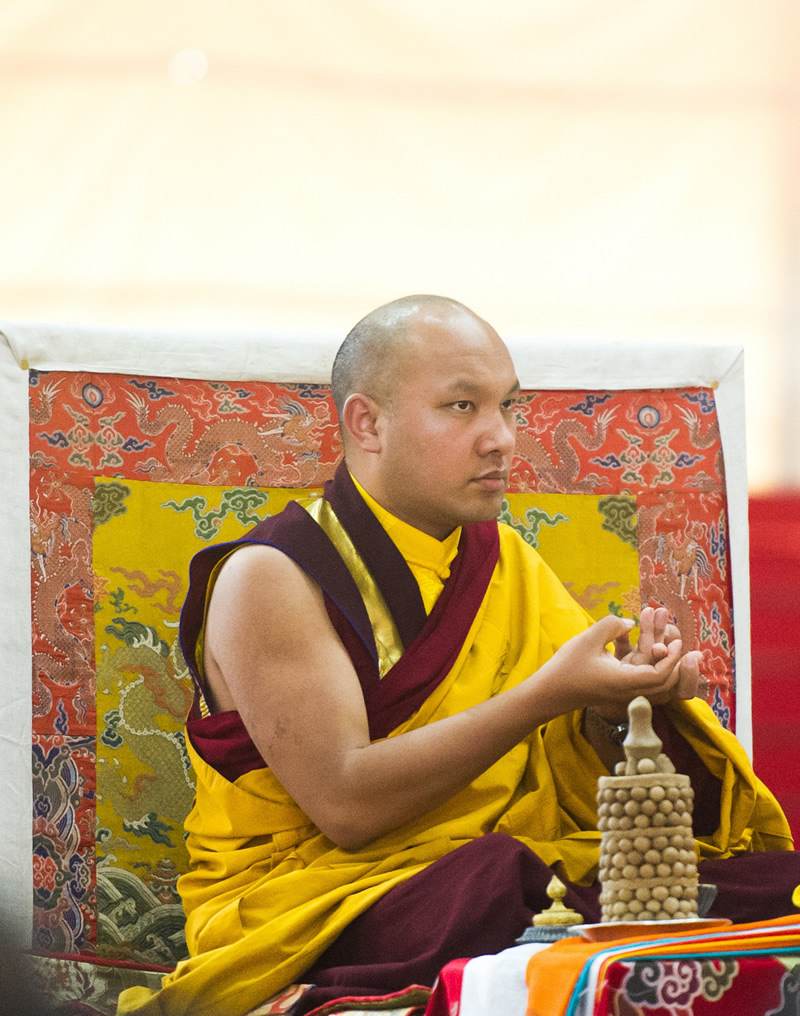
The Gyalwang Karmapas began the tradition of Vajra Crown ceremonies utilizing the Black Crown, which is particular to them.
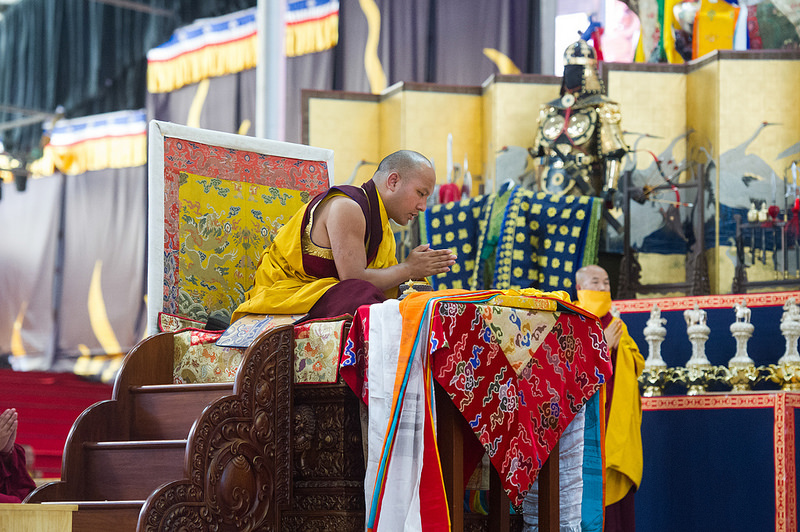
Karma Pakshi, the Second Gyalwang Karmapa, stated that whoever witnesses the crown ceremony will not fall into the lower realms.
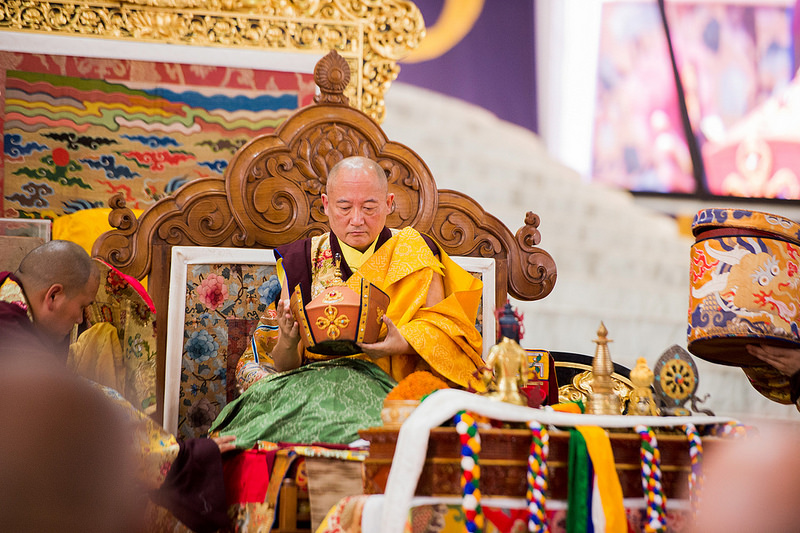
Later, various Gyalwang Karmapas bestowed red crowns upon Shamar Rinpoche, Situ Rinpoche, and Gyaltsab Rinpoche.
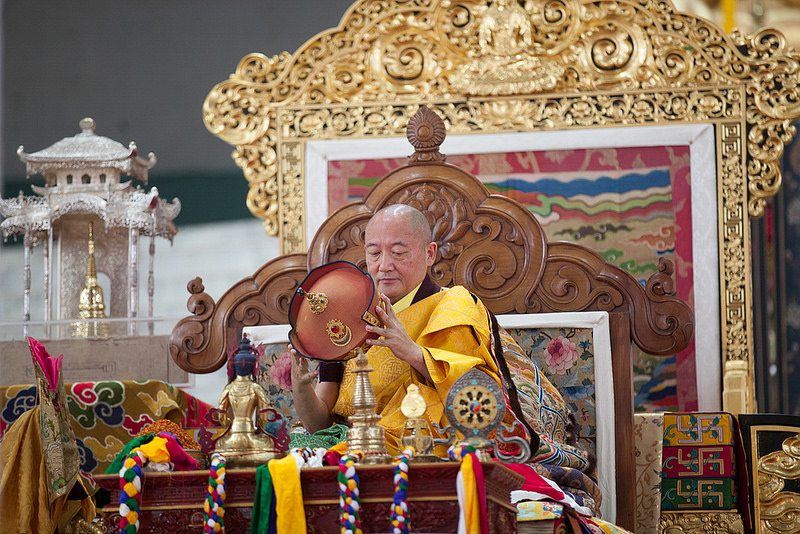
Thus crown ceremonies became an important aspect of the Kamtsang Kagyu lineage.
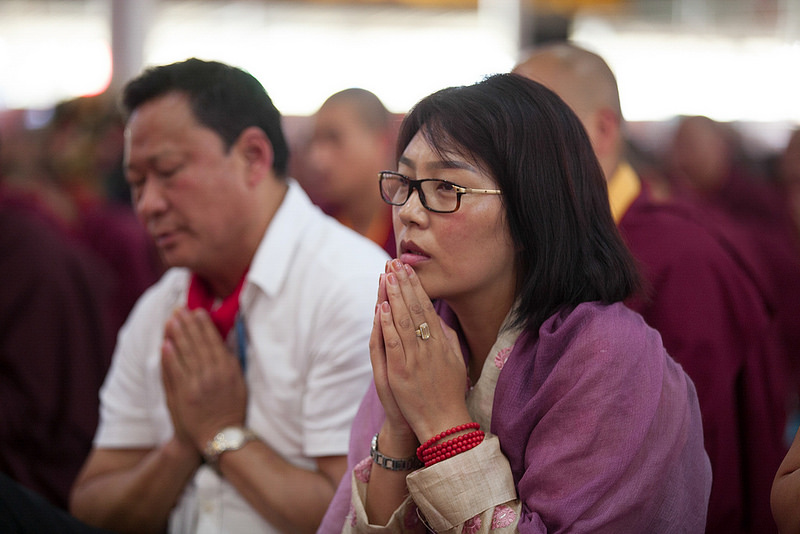
Beholding the Vajra Crowns is said to grant liberation upon sight.
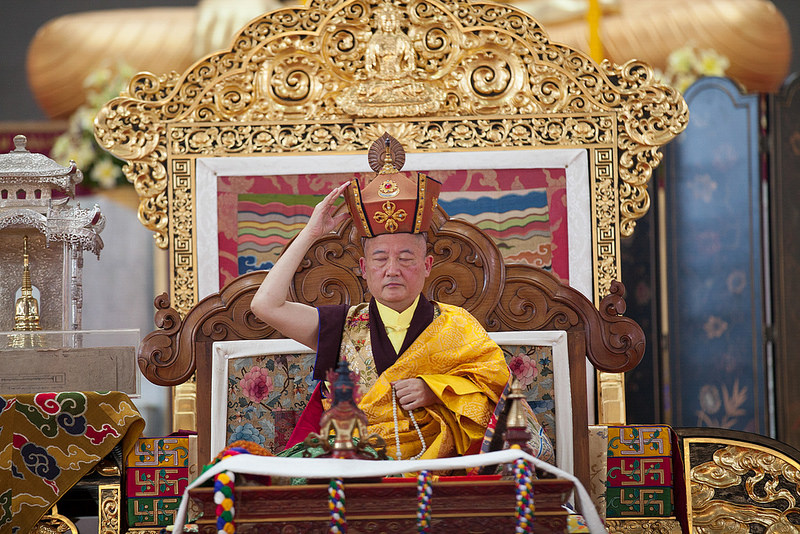
This doesn’t mean that one is liberated in the very moment of seeing them, but rather that beholding the crowns plants the seed of future liberation in one’s being.
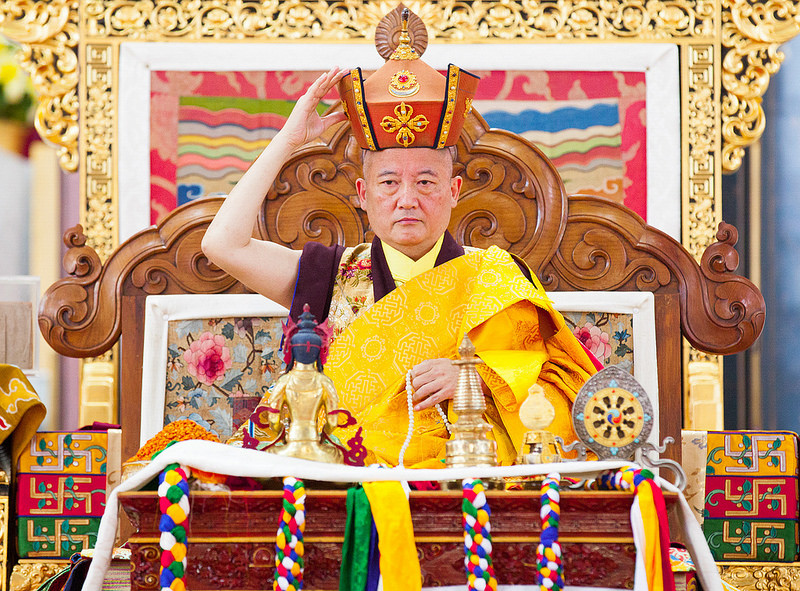
When witnessing the Vajra Crown ceremony, you should sustain the mind’s natural state without altering it, and should strive to train in loving kindness, compassion, and bodhichitta.
